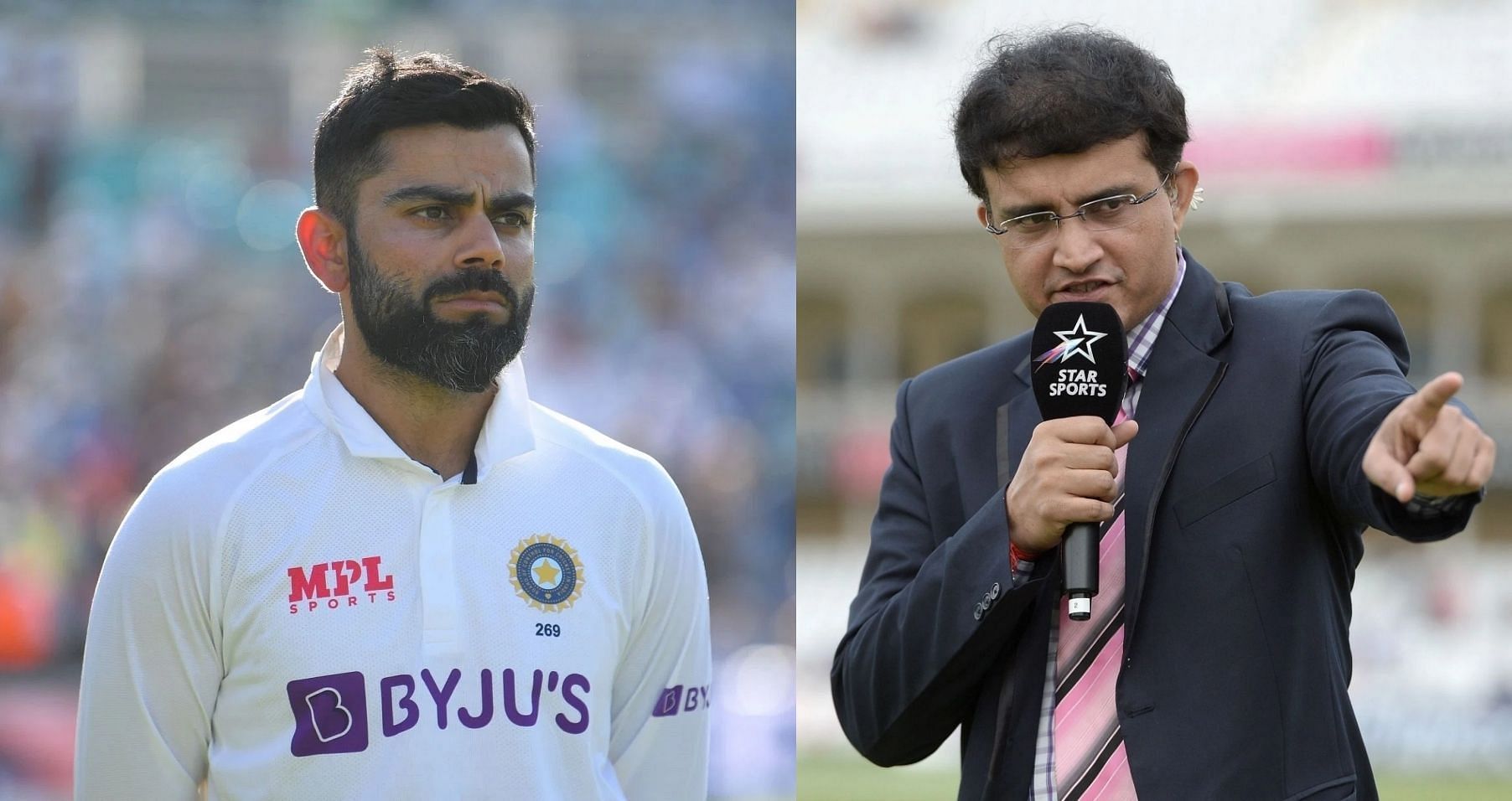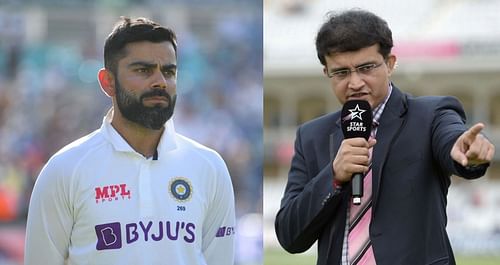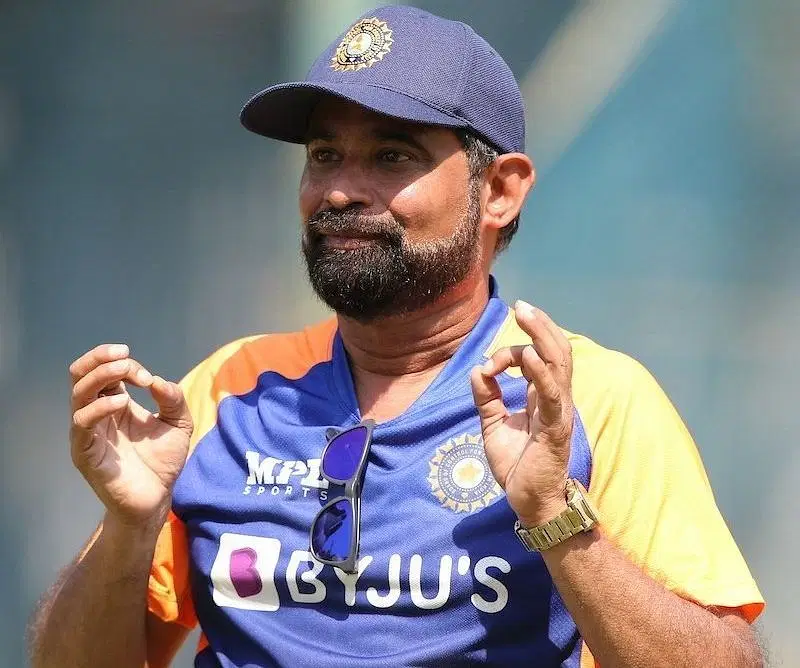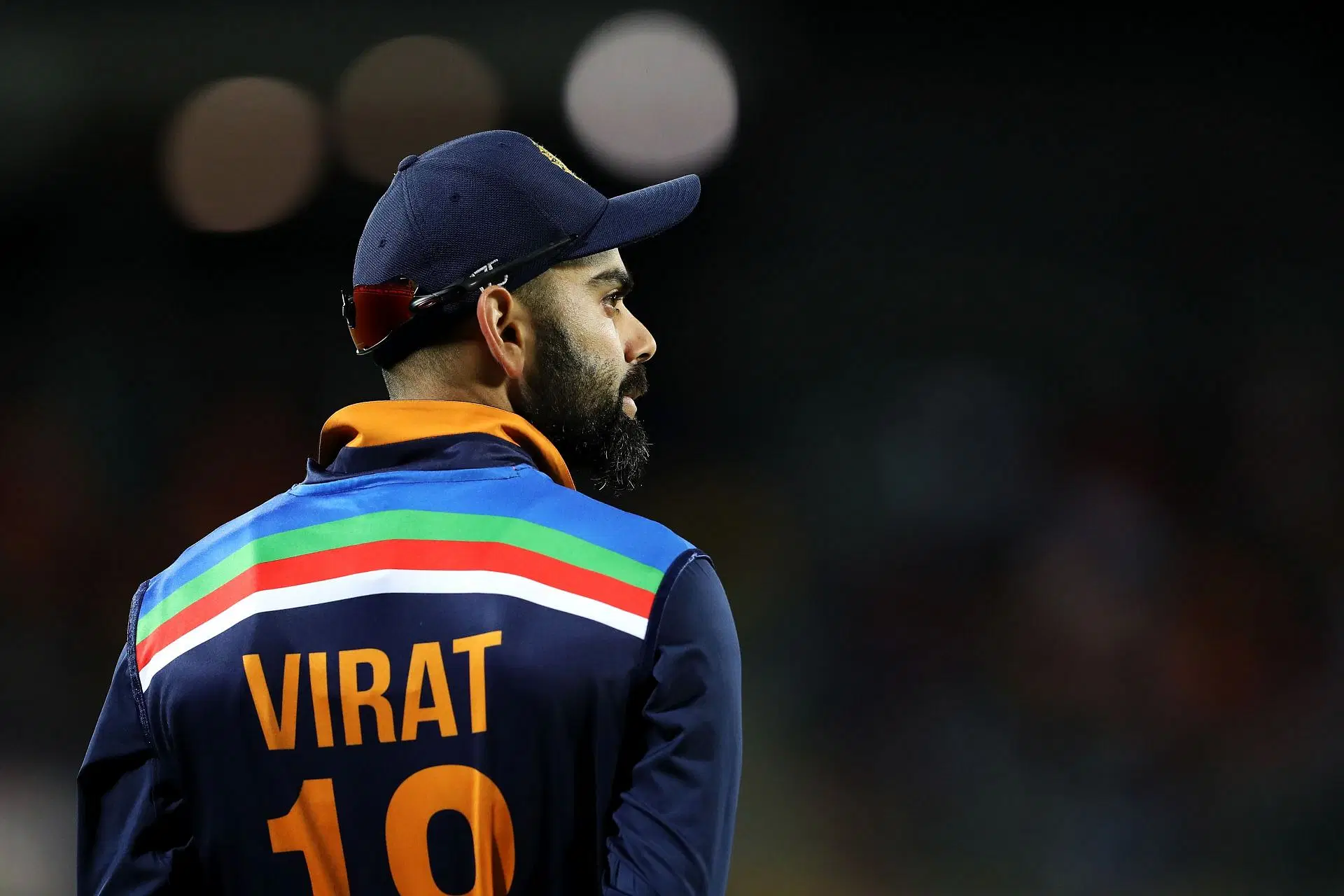
3 takeaways from Virat Kohli's press conference ahead of South Africa tour

Virat Kohli’s frank press conference on Wednesday, ahead of Team India's tour of South Africa, ended with more questions than answers. Unlike some previous media interactions, Kohli spoke openly about everything from his sacking to his alleged rift with new ODI captain Rohit Sharma.
Heading into the press conference, there were numerous rumors about all not being well in the Indian camp. Some claimed there was more to Rohit being ruled out of the Test series than his left hamstring injury, which was given as the official reason.
Other reports also claimed that Kohli had sought rest for the ODI series, which the cricketer dismissed in no uncertain terms. He made it clear that he was and is available for the one-dayers against South Africa and has no issues not being captain.
What we learned from Virat Kohli's press conference
In the wake of Kohli’s clarifications over a number of rumors surrounding him, we look at three key takeaways from the star cricketer’s press conference.
#1 Ganguly and Kohli are not on the same page
Undoubtedly, this will be the biggest talking point in Indian cricket for the next couple of days. A few days back, BCCI president Sourav Ganguly claimed that he had personally requested Kohli not to step down from the T20 captaincy. Speaking to News18, Ganguly had said:
"It's like I said… I personally requested him (Kohli) not to give up the T20I captaincy. Obviously, he felt the workload. Which is fine, he has been a great cricketer, he has been very intense with his cricket. He has captained for a long period of time and these things happen. Because I have captained for a long period of time; therefore, I know. Also, they wanted only one white-ball captain. And that's why this decision.”
However, Kohli hit Ganguly’s claim for a six and responded that he was never asked by anyone in the BCCI not to step down from the T20I leadership. Addressing the issue, Kohli said at the press conference:
"I was never told that I should not leave T20I captaincy. On the contrary, when I told BCCI that I want to give up T20I captaincy, it was accepted really well. There was no hesitation over that. It was seen as a progressive step."
The two contradictory statements from two of the most powerful men in Indian cricket certainly do not augur well for the image of the team. If anything, it has been a massive embarrassment and a no-holds-barred proof that Ganguly and Kohli are not on the same page.
#2 Lack of communication between the selectors and Kohli

During the same media interaction, Kohli also revealed that he had not been communicated the ODI captaincy decision in advance. According to the 33-year-old, he was informed one-and-a-half hours before the selection meeting for the Test series (on December 8) that he was being removed as one-day captain.
Kohli said:
"Whatever was said about the communication that happened during the (captaincy) decision that was made was inaccurate. I was contacted one and a half hours before the selection meeting on the 8th for the Test series. There was no prior communication with me at all since I announced the T20 captaincy decision, up until the 8th of December. The chief selector discussed with me the Test team, to which we both agreed. Before ending the call, I was told that the five selectors had decided I will not be ODI captain.”
Kohli revealed he was fine with the decision. However, if things indeed transpired the way the senior Indian batter has described, it is a shocking illustration of the lack of communication on the part of the selectors.
While the selection committee has every right to decide who should be named captain and who should be sacked, the move should have been executed in a much more professional and transparent manner. After all, isn’t the BCCI the richest cricketing body in the world?
#3 A case study on ‘how not to sack a captain’

What has happened cannot be changed, but at the same time cannot be ignored as well. People can have personal issues and egos. For the overall betterment of the game in the country, though, it is paramount for all stakeholders of Indian cricket to be focused on a common mission.
The Kohli-Rohit captaincy fiasco is the perfect case study for BCCI on ‘how not to sack a captain’. The nonchalant manner in which the decision to replace Kohli as one-day captain was announced made it clear that the current selectors are not great communicators.
The announcement of Rohit taking over as ODI captain was almost like a footnote inserted along with the official release to announce the Test squad. It never even felt like a massive decision had been taken by the BCCI. And therein lies their massive communication failure.
Most cricket pundits would agree that the decision to replace Kohli, per se, was the right one. But they would also admit that the method chosen to do the same was not the right one. There are some harsh lessons to be learnt. And while a lot of damage has already been done, if the Indian cricket board can mend their ways, there can still be a silver lining to this cloud.
